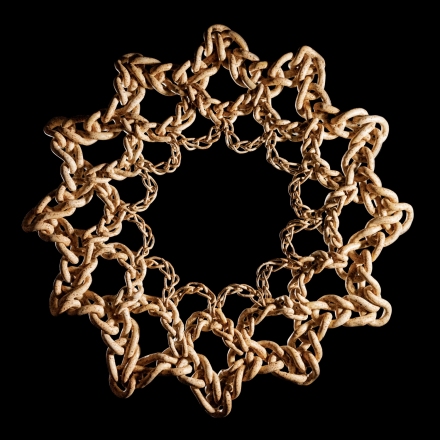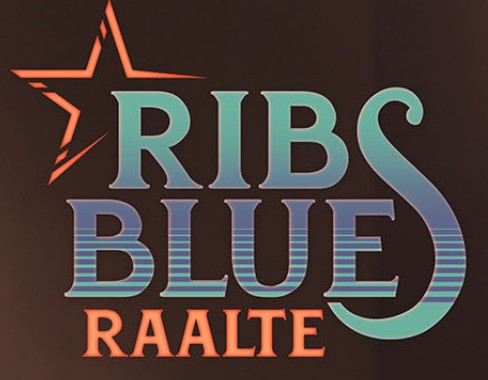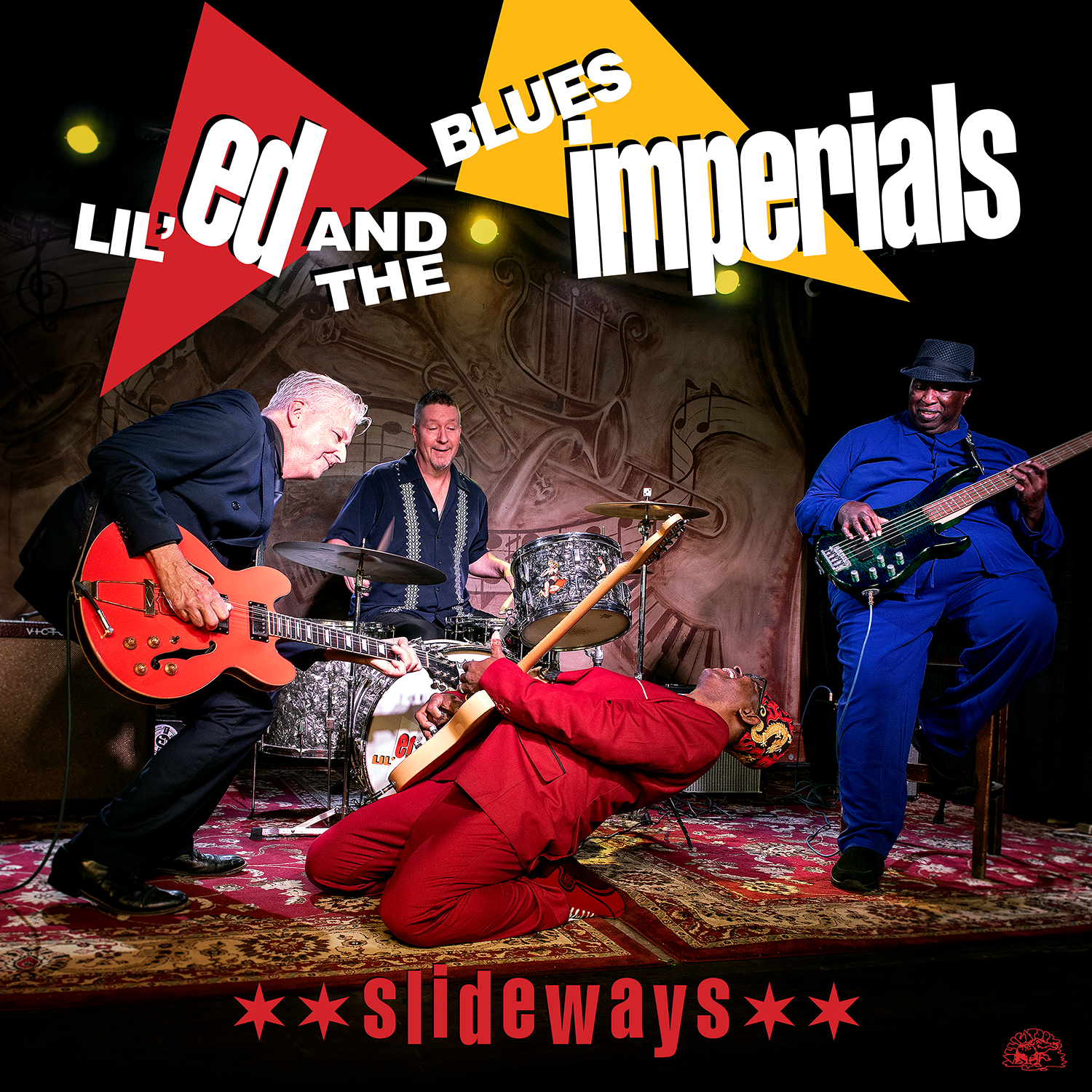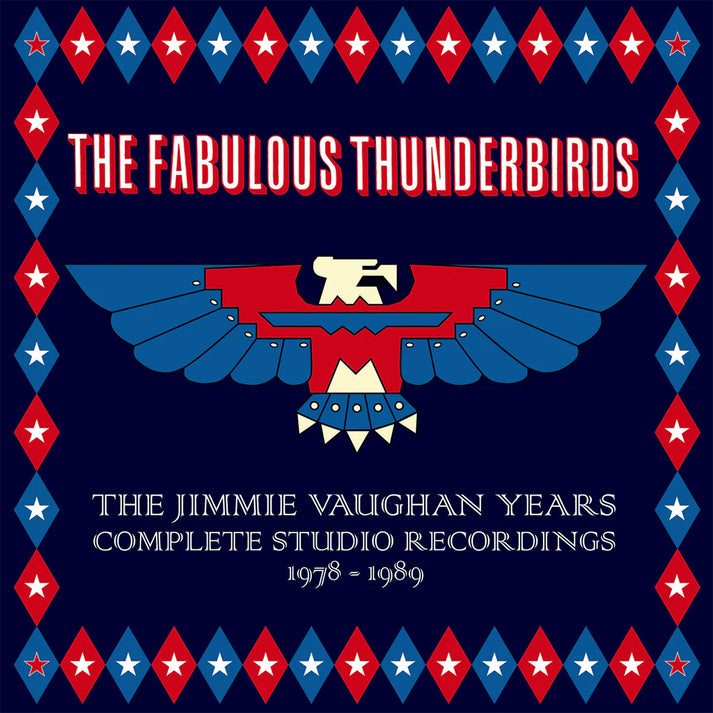 Matchess - Sonescent
Matchess - Sonescent
Release date: Friday, February 25th 2022
Sonescent Credits:
Ike Floor - glazed ceramic
Haley Fohr - acoustic 12-string guitar
Rob Frye - flute
Whitney Johnson - strings, organ, voice
Tim Kinsella - bass
Kalina Malyszko - clarinet
Matchess - music and sound mix
Dan Osborn - layout
Carl Saff - master
David Sampson - photography
Brian J. Sulpizio - drums, electric, band mix
Thanks to Laura Callier, Experimental Sound Studio, and Dhamma Vaddhana Vipassana Meditation Center
Sonescent, the new album from Matchess, came to Whitney Johnson’s mind while she was at the Dhamma Vaddhana Meditation Center just north of Joshua Tree, during a course of Vipassana meditation. This is a ten day period that requires, among other codes of discipline, the practice of Noble Silence: silence of body, speech, and mind.
As this practice settled in and around her, Whitney heard the things not always focused upon: first, tinnitus...then, breath- ing...the heartbeat, and another pulsing (something unknown, but familiar).
So she listened to the sound of her body. After a time, her mind became involved, and she began to hear songs. But as she was keeping to her vows, she wasn’t able to write them down or sing them and record them. It was only after she’d returned from the desert that she wrote down what she’d heard, to the best of her ability.
This experience recalled the feeling that Whitney had after her time working as an installation assistant at La Monte Young and Marian Zazeela’s Dream House in 2016. During that period, they hung Jung Hee Choi’s Ahata Anahata, Manifest Unmanifest X. The process and aesthetic she witnessed there took up residence in her, changing everything in the process. The Vipassana meditation experience felt like another such passage, destined to resonate long and deep.
With Soncescent, the record is the sound of the meditation itself with the music exist- ing in an atmosphere that would properly represent its fragile nature, the delicate sound of something almost completely dis- integrated. Here, inspiration was taken from John Cale’s pop records and the music of Phill Niblock and Éliane Radigue. The ren- dering of the songs in the mix is discreet, to say the least. For the silence of the unseen word absorbing the world of the songs, Whitney used binuaral sine waves, ARP Odyssey synth, loops and no input mixing techniques. The editing and mixing of this material renders it in gauze, smoke, and whispers — an exquisite barely-thereness.
In the Matchess’ tradition, the album title is a word that doesn’t exist, but relates to something that we recognize as having a definition. “Sonescent” represents music in the final stages of its life, and the 36 min- utes here are appropriately active, spanning a universe of sensations gently probing the bubble of our perception, the spirits of the world outside, ready to receive us.
She decided to score the songs from the desert for other musicians to play, which was a departure from previous Matchess recordings, where she played and sang the music all herself. This process took a long while; first the scoring, drawing the pieces back out from herself based purely on memory. Then getting everyone together to play the music. Once she had them all finally fully captured, it seemed right to place the sounds back where they’d come from — a silent space, upon which the songs sometimes only barely intrude, as if heard from a great distance.
For more information contact: Stefan.Hayes@v2benelux.com






Geen opmerkingen:
Een reactie posten